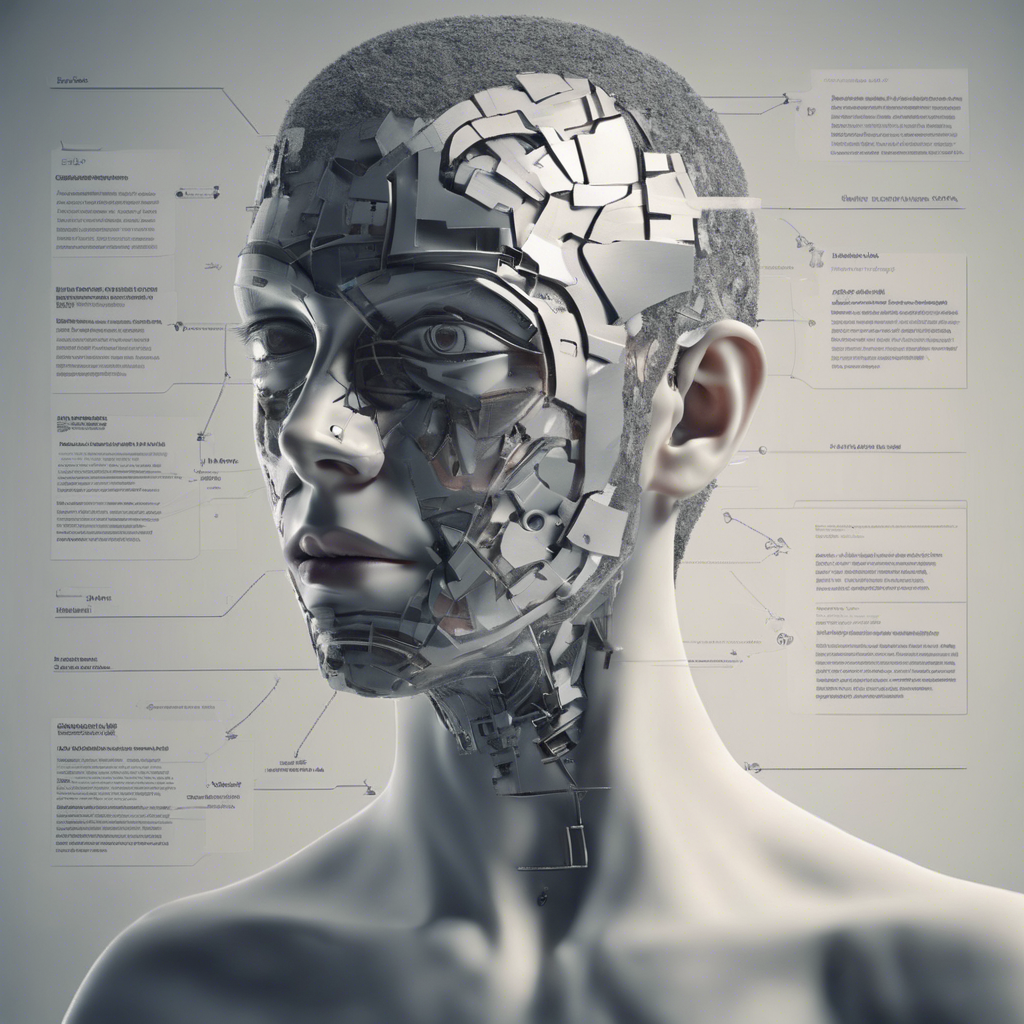Unveiling the Subconscious in Design: How Freudian Concepts Influence Design Aesthetics
- Eddie Ramirez
- Aug 1, 2024
- 3 min read
In the realm of design, beneath the surface of what meets the eye lies a fascinating world driven by the subconscious mind. Sigmund Freud, with his revolutionary theories on the unconscious, has left an indelible mark on various fields, including design. In this blog post, we delve deep into the impact of Freudian concepts on design elements, explore the profound role of the unconscious mind in shaping design aesthetics, and examine how psychological theories translate into enhanced user experiences.

Unconscious Influences in Design
Freud’s groundbreaking ideas shed light on the powerful influence of the unconscious mind, where hidden desires, fears, and memories reside. These subconscious drives manifest themselves in design choices, often without designers or users being fully aware of their impact. From color schemes to shapes and patterns, every element in design can be a reflection of deeper psychological processes.
One of the key concepts that Freud introduced was the notion of symbolism. Objects in designs are not merely what they appear to be; they carry symbolic meanings that tap into our unconscious thoughts and emotions. For instance, the use of curved lines in a logo might evoke feelings of softness and approachability, appealing to the emotional side of the audience.
Case Studies: Psychological Theories in Action
Let’s take a closer look at how psychological theories translate into tangible design outcomes through real-world case studies.

Case Study 1: Website Interface Redesign
In a study analyzing website interfaces, designers incorporated Freudian concepts to improve user experience. By using warm colors associated with comfort and security, along with intuitive navigation mimicking a sense of exploration, they aimed to engage visitors on a subconscious level. The result was a website that not only looked visually appealing but also triggered positive emotional responses in users.
Case Study 2: Product Packaging Revamp
In another case, a brand sought to revamp its product packaging to increase consumer appeal. Drawing from Freud’s ideas on subconscious desires, the new design featured intricate patterns symbolizing sophistication and elegance. By tapping into consumers’ unconscious aspirations for luxury, the redesigned packaging led to a significant increase in sales and brand loyalty.
The User Experience Journey
Design goes beyond aesthetics; it is a journey that users embark on when interacting with a product or service. Understanding the role of the unconscious mind in design allows creators to craft experiences that resonate with users on a deeper level. By aligning design elements with psychological principles, designers can create intuitive interfaces, engaging visuals, and compelling narratives that captivate and persuade.
Final Thoughts
As we unravel the mysteries of the subconscious in design, we discover a world rich in symbolism, emotion, and meaning. Freudian concepts continue to shape the way we perceive and interact with the designed world around us, blurring the lines between art and psychology. By embracing the hidden forces that drive our preferences and behaviors, designers can elevate their creations from mere objects to profound experiences that leave a lasting impression on the subconscious mind.
In conclusion, the fusion of Freudian concepts and design aesthetics not only enhances the visual appeal of products but also unlocks a deeper connection with users, making the design process a truly transformative experience. Remember, the next time you admire a beautifully crafted logo or navigate a thoughtfully designed website, there might be more at play than meets the eye—the subconscious whispers of Freudian influence.
Let the essence of the subconscious shape your design journey, where meaning lies beyond the surface and beauty resonates on a profound level.




Comments